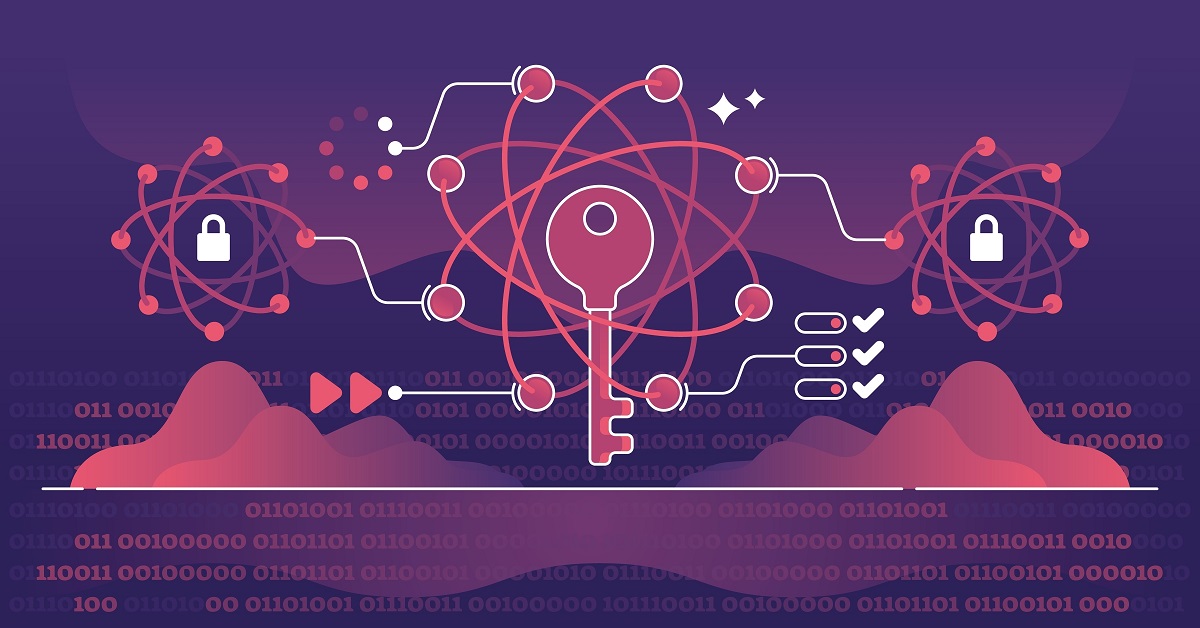Description
Introduction of Quantum Cryptography &Secure Communication
Quantum Cryptography &Secure Communication leverage the principles of quantum mechanics to develop secure communication methods that are theoretically immune to eavesdropping. This training provides an in-depth exploration protocols, their practical implementations, and the underlying quantum principles that ensure their security. Participants will gain a comprehensive understanding of how quantum technologies can revolutionize data security and privacy.
Prerequisites of Quantum Cryptography &Secure Communication
- Basic Quantum Mechanics Knowledge: Familiarity with concepts like superposition, entanglement, and quantum states.
- Cryptography Fundamentals: Understanding classical cryptographic techniques and principles.
- Mathematical Foundation: Proficiency in probability theory and linear algebra.
- Programming Skills: Experience with programming languages such as Python is beneficial for practical exercises.(Ref: Python Full stack)
Table of Contents
1: Introduction
- Overview : Definition, history, and significance.
- Basic Quantum Principles: Qubits, superposition, and entanglement.
- Classical vs. Quantum Cryptography: Key differences and advantages.
2: Quantum Key Distribution (QKD)
- Principles of QKD: How QKD leverages quantum mechanics for secure communication.
- BB84 Protocol: Detailed explanation and how it ensures secure key exchange.
- E91 Protocol: Entanglement-based QKD and its implementation.
3: Quantum Entanglement and Its Role in Cryptography
- Understanding Entanglement: What it is and how it is used in quantum cryptography.
- Entanglement-Based Protocols: How entanglement enhances security.
- Applications and Limitations: Practical considerations and current research.
4: Secure Communication Protocols
- Quantum Digital Signatures: Techniques and their role in ensuring data integrity.
- Quantum Secure Communication Networks: Building secure networks using quantum principles.
- Practical Implementations: Real-world examples and current technology.
5: Its Hardware and Technologies
- Quantum Key Distribution Devices: Overview of hardware used in QKD.
- Implementation Challenges: Technical and practical challenges in deploying quantum cryptography systems.
- Current Technologies and Solutions: Existing technologies and future advancements.
6: Practice
- Case Studies: Real-world applications and implementations of quantum cryptography.
- Integration with Classical Systems: How its methods can be integrated with classical security systems.
- Hands-On Lab: Practical exercises in implementing basic quantum cryptographic protocols.
7: Threats and Security Considerations
- Potential Threats : Theoretical and practical vulnerabilities.
- Post-Quantum Cryptography: Developing cryptographic methods that remain secure against quantum attacks.
- Current Research: Ongoing research and emerging threats.
8: Future Trends and Emerging Technologies
- Advancements : Current research and future trends.
- Quantum Internet: The concept and development of a quantum internet.
- Implications for Data Security: How it will impact global data security.
9: Hands-On Labs and Project Work
- Practical Exercises: Implementing its protocols using simulation tools.
- Group Project: Design and develop its system for a specific application.
- Project Presentations: Presentation and critique of group projects.
Conclusion
- Summary of Key Learnings: Recap of this concepts and their applications.
- Future Research and Opportunities: Discussion of ongoing research and potential future developments.
- Additional Resources: Recommendations for further reading and continued learning.
This structure provides a comprehensive overview of this from foundational principles to practical applications, ensuring participants gain both theoretical knowledge and hands-on experience.







Reviews
There are no reviews yet.